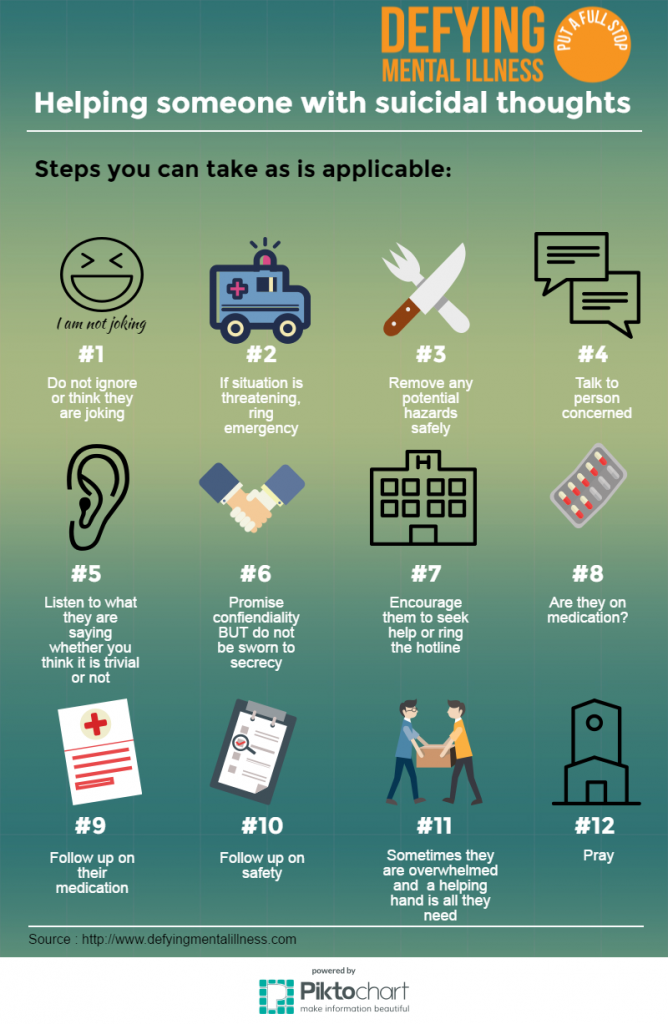Mental Health Treatment Process
Mental Health Treatment Process
Blog Article
Just How Do Mood Stabilizers Job?
State of mind stabilizers help to relax areas of the mind that are impacted by bipolar affective disorder. These medications are most efficient when they are taken frequently.
It might take a while to discover the best drug that functions best for you and your doctor will certainly check your condition throughout therapy. This will certainly involve regular blood examinations and possibly a change in your prescription.
Natural chemical guideline
Neurotransmitters are a team of chemicals that control one another in healthy individuals. When levels end up being unbalanced, this can lead to state of mind conditions like depression, anxiousness and mania. State of mind stabilizers help to stop these episodes by aiding regulate the equilibrium of these chemicals in the mind. They also might be used along with antidepressants to improve their effectiveness.
Medicines that work as mood stabilizers consist of lithium, anticonvulsants and antipsychotics. Lithium is perhaps one of the most well known of these medicines and works by influencing the flow of salt through nerve and muscle cells. It is usually utilized to deal with bipolar disorder, but it can likewise be handy in treating other state of mind conditions. Anticonvulsants such as valproate, lamotrigine and carbamazepine are additionally reliable state of mind stabilizing medicines.
It can spend some time to locate the right kind of medicine and dose for each and every individual. It's important to work with your physician and participate in an open discussion concerning just how the medication is helping you. This can be specifically useful if you're experiencing any type of side effects.
Ion channel inflection
Ion networks are a significant target of mood stabilizers and lots of various other medications. It is currently well developed that they are dynamic entities that can be modulated by a selection of external stimuli. On top of that, the modulation of these networks can have a variety of temporal results. At one extreme, changes in gating dynamics might be quick and rapid, as in the nicotinic acetylcholine receptor/channel system. At the other end of the spectrum, covalent modification by healthy protein phosphorylation may cause modifications in network feature that last much longer.
The field of ion channel modulation is getting in a duration of maturation. Current researches have demonstrated that transcranial concentrated ultrasound (US) can promote nerve cells by turning on mechanosensitive potassium and salt channels installed within the cell membrane layer. This was shown by shared networks from the two-pore domain name potassium family members in Xenopus oocytes, and focused US dramatically regulated the existing streaming with these channels at a holding voltage of -70 mV (ideal panel, relative result). The results are consistent with previous monitorings showing that antidepressants impacting Kv channels regulate glia-neuron interactions to opposite depressive-like actions.
Neuroprotection
State of mind stabilizers, like lithium, valproic acid (VPA), and carbamazepine, are essential in the treatment of bipolar disorder, which is identified by recurring episodes of mania and clinical depression. These medicines have neuroprotective and anti-apoptotic homes that assist to prevent cellular damages, and they likewise improve cellular resilience and plasticity in dysfunctional synapses and neural wiring.
These protective activities of state of mind stabilizers may be mediated by their inhibition of GSK-3, inositol signaling, and HDAC task. Furthermore, lasting lithium therapy secures versus glutamate excitotoxicity in cultured neurons-- a model for neurodegenerative problems.
Studies of the molecular and cellular effects of state of mind stabilizers have actually revealed that these medications have a wide variety of intracellular targets, including multiple kinases and receptors, as well as epigenetic alterations. Refresher anxiety treatment course is needed to identify if mood stabilizers have neurotrophic/neuroprotective activities that are cell type or circuitry particular, and how these results might complement the rapid-acting therapeutic response of these representatives. This will certainly assist to establish new, faster acting, a lot more efficient treatments for psychological diseases.
Intracellular signaling
Cell signaling is the procedure whereby cells connect with their environment and various other cells. It entails a series of steps in which ligands connect with membrane-associated receptors and cause activation of intracellular pathways that control crucial downstream cellular functions.
State of mind stabilizers act on intracellular signaling through the activation of serine-threonine protein kinases, causing the phosphorylation of substrate proteins. This activates signaling cascades, bring about changes in genetics expression and cellular function.
Lots of state of mind stabilizers (including lithium, valproate and lamotrigine) target intracellular signaling pathways by inhibiting certain phosphatases or activating certain kinases. These impacts cause a decrease in the activity of these paths, which causes a reduction in the synthesis of particular chemicals that can impact the mind and result in signs and symptoms of depression or mania.
Some mood stabilizers also work by boosting the activity of the repressive neurotransmitter gamma-aminobutryic acid (GABA). This boosts the GABAergic transmission in the brain and lowers neural activity, thereby creating a relaxing impact.